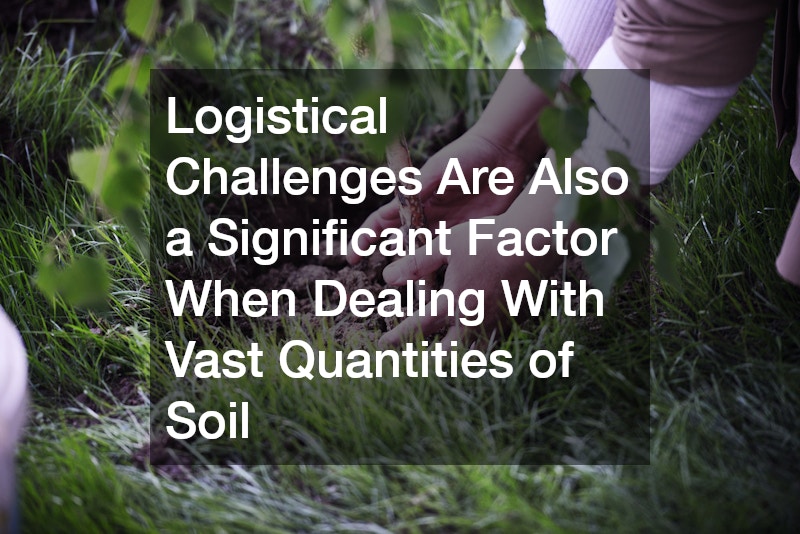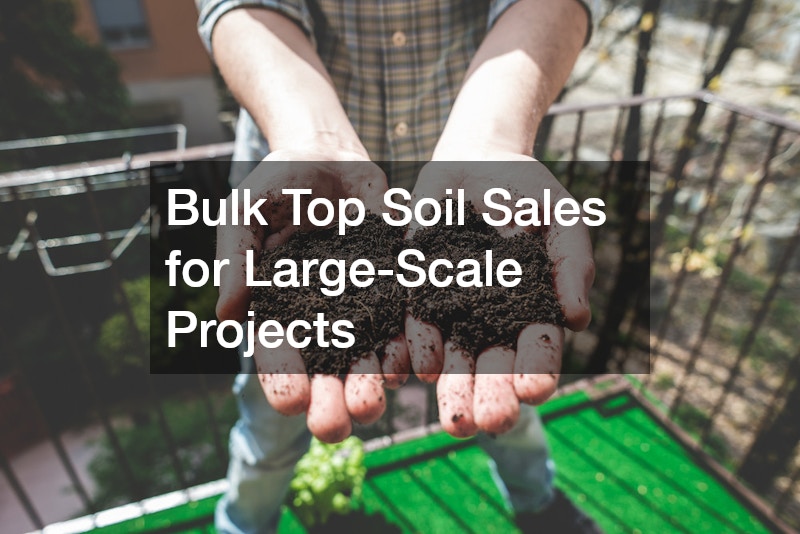When embarking on large-scale construction or landscaping projects, one of the most crucial elements is the procurement of quality top soil. This natural resource plays a pivotal role in ensuring the success and sustainability of various projects, from urban development to agricultural endeavors. As demand for construction and green spaces increases, the significance of bulk soil sales cannot be overstated.
In this article, we explore the intricacies of soil procurement for extensive projects, highlighting its benefits and strategies for sourcing.
Understanding the components and characteristics of soil is essential for project managers and landscapers alike. Top soil is the uppermost layer of soil, rich in organic matter and nutrients vital for plant growth. For large-scale projects, acquiring top-quality soil in bulk ensures uniformity and consistency across the worksite. This uniform distribution aids in meeting regulatory standards and achieving optimal growth conditions for plants.
Given the scale and demands of extensive projects, bulk buying of soil presents significant advantages. Not only does it reduce cost overheads compared to smaller, piecemeal purchases, but it also minimizes logistical complications. It ensures that the project timeline aligns with the supply of essential materials, thus avoiding unnecessary delays. As the market for soil continues to grow, understanding its purchase dynamics becomes increasingly important for project success.
Benefits of Using Top Soil in Large-Scale Projects
Top soil plays an instrumental role in landscape rehabilitation and agricultural productivity. Its nutrient-rich composition supports plant growth, making it indispensable for any project involving vegetation. The use of soil enhances soil structure, improving water retention and aeration, which are critical factors for healthy plant growth. For developers and landscape architects, incorporating soil into large-scale projects ensures environmental sustainability and long-term viability.
In addition to supporting plant life, soil serves as a vital component in erosion control efforts. Large construction sites can experience significant soil displacement due to wind and water erosion, leading to environmental degradation. By layering soil, project planners can stabilize surfaces and promote vegetation that naturally prevents erosion. As demand for eco-friendly construction practices increases, the strategic use of soil becomes a cornerstone for responsible project management.
The advantages of soil are not limited to ecological benefits; it also adds economic value to a project. By fostering healthy landscapes, top soil contributes to increased property values and enhanced aesthetic appeal. This synergy between environmental health and economic gain underscores the importance of prioritizing soil procurement in large-scale projects. As such, understanding the financial impact of soil usage is crucial for developers aiming to optimize both environmental and economic outcomes.
Challenges in Sourcing Bulk Top Soil
Despite the apparent benefits, sourcing bulk soil for large-scale projects presents its own set of challenges. One of the primary obstacles is the availability of quality top soil that matches the specific requirements of the project. As urbanization expands, the scarcity of untouched, fertile soil becomes a pressing concern for developers. To circumvent this, strategic planning and establishing relationships with reliable suppliers are paramount.
Logistical challenges are also a significant factor when dealing with vast quantities of soil. Transporting bulk soil requires specialized equipment and vehicles to prevent contamination and maintain quality. The logistics of delivery schedules, storage, and onsite distribution necessitate careful coordination to avoid project delays. Consequently, efficient supply chain management is vital for managing these logistical complexities in soil procurement.
The cost implications of procuring bulk soil must be meticulously planned to ensure project feasibility. Fluctuating market prices and potential environmental regulations can impact the budgetary constraints of a project. Therefore, developing a comprehensive procurement strategy with contingencies is essential to account for these variables. By proactively addressing these challenges, project managers can secure the necessary soil efficiently and effectively.
The role of soil in large-scale projects cannot be underestimated, given its environmental and economic implications. By understanding the benefits of top soil and addressing sourcing challenges, developers can enhance the overall success of their projects. The strategic incorporation of quality soil in bulk not only supports sustainable practices but also contributes to long-term project viability. As such, soil procurement should be prioritized as a critical aspect of project planning and execution.
The future of construction and landscaping relies heavily on sustainable practices, with soil at the forefront of this ecological movement. By aligning procurement strategies with the growing demand for eco-friendly solutions, developers can position themselves as leaders in responsible development. The enhancements seen in project outcomes and environmental preservation solidify soil’s role as a key asset in large-scale projects. As this industry continues to evolve, those who prioritize soil management will undoubtedly lead the way in developing thriving and sustainable environments.






